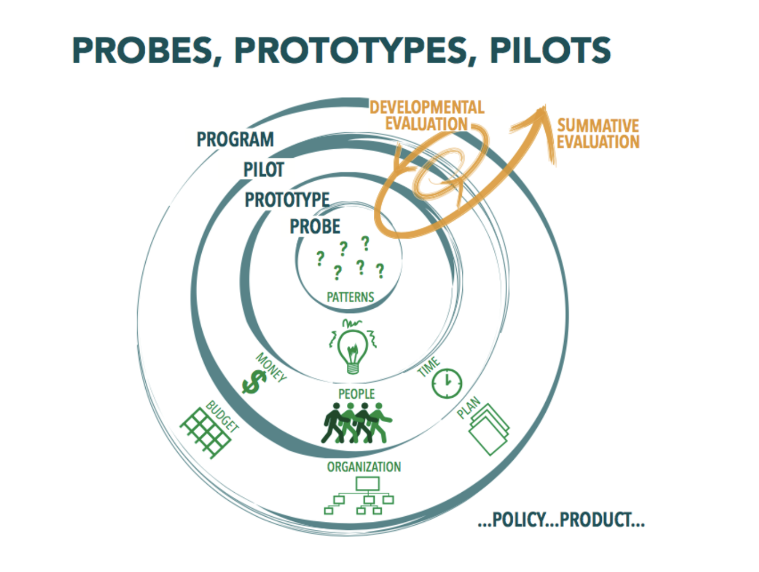
Martin Luther King’s famous “I Have a Dream” speech is best known for his statements of possibility and the energy with which he concluded his remarks. It is a compelling call to purpose, to a world in which the future is only currently imagined. It provided a generative image of what is possible, if not what is attainable, and it did what a good purpose does: it helped take the place of a charismatic leader. Internalized, that purpose drives the movement.

When I was up in Whitehorse last week I got to spend time with folks from the Public Service Commission discussing a project that would see us looking at discriminations in the workplace from a complexity angle. Using Cynefin and SenseMaker(tm), we hope to understand the ways in which the landscape of discrimination shifts and changes over time so that the PSC can make wiser decisions about the kinds of initiatives it sculpts. One of the problems with diversity initiatives in the public service (in any large public organization really) is the feeling that they need to be broad based …
A couple of years ago – back when I had long hair – I was doing some work in Estonia, where I was part of a team of people that were leading a week long workshop learning about leadership, complexity, dialogue and belonging. I was interviewed under a tree one afternoon about some of the concepts and the deeper implications of what we teach in the Art of Hosting workshops, which itself is, at its simplest, a set of practices to help facilitate participatory meetings better. I talked a bit about what the Art of Hosting means, the need …
In the complex space, Paul Hobcraft shares some very good guiding principles, but the whole post shimmers with good advice about transformation, and is applicable to movement building, network organizing and enterprise. Today corporate transformations must be designed and executed quickly and routinely—not as once-a-decade events. Management teams are looking for best practices that increase speed and reduce the risk of pursuing business model innovation and change. That’s where minimum viable transformation comes into play. Before diving in, management teams should consider these five principles: 1. Learn how to learn. The central goal of minimum viable transformation is to learn …
Entraining your mind to outcomes is the hardest practice to beat as a facilitator working in complexity. Whether it is learning, strategy or design, if you are in the complexity domain your attachment to an outcome is highly dangerous. It will shape your process, and cause you to harvest only what you are looking for, missing out on the juiciest, most powerful places of potential in a system. Over the past week I managed to watch the entire 10 part series on the trials of Steven Avery on Netflix called Making a Murderer. Regardless of whether you think Avery is …

